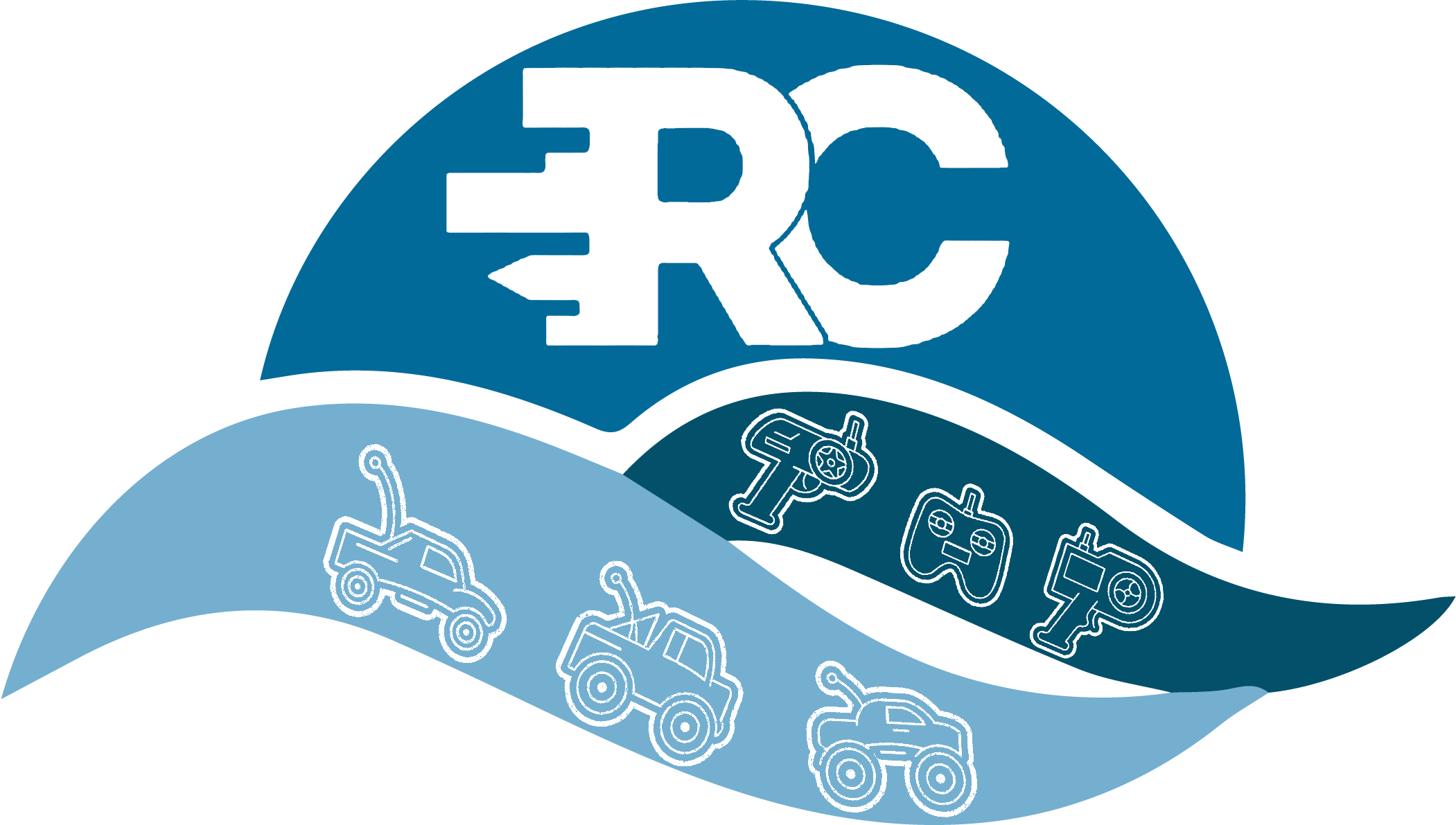Radio control automobiles, often known as R/C cars, are probably the most popular Radio
Control models. We all know that the most significant aspect of an RC car is the paint. It
protects the cars from corrosion and provides them with a more appealing appearance.
Carbon fiber spray paint is a long-lasting and innovative form of paint for RC paint. Now that
you’ve learned what carbon fiber paint is, you’re probably wondering what it is. And I’m here
to help.
What is carbon paint, and how does it work?
The Carbon Conductive Paint contains a little amount of a specific polymer to enhance the
paint’s sticky properties. If the Carbon Conductive Paint dries out, use our Thinner for
Carbon Conductive Paint to re-suspend it. The vapour deposition of hydrocarbons can be
used to make carbon fiber coatings. Pyrolytic carbon is a type of carbon that is produced
through the thermal decomposition of a variety of hydrocarbons, with or without the presence
of hydrogen.
On an RC car, what sort of paint do you use?
Make sure you use a polycarbonate-safe primer that you can paint over. Enamel or acrylic
paint is the ideal choice for painting the RC body because it produces the greatest results for
the majority of users. RC cars built of Lexan, metal, and other materials
Both forms of paint are used to create fiberglass, carbon fiber, and other materials.
Which Paint Types Work Best?
When it comes to painting manufacturers, I’ll go through a few that I’ve found to perform
well when painting RC vehicle bodies. The following brands are consistently regarded among
the finest for radio-controlled car painting, and they include acrylic, enamel, and lacquer
possibilities.
Paints for RC Bodies in Acrylic, Enamel, and
Lacquer
You can paint your RC car model in a variety of ways, including brushing on paint,
airbrushing it, or using quick, easy spray paint. Many others, on the other hand, would often
utilize a combination of several ways when painting their new RC car. Depending on which
component of the car is being painted, these approaches may differ. Make sure the primer
you select is suitable for polycarbonate and that you can paint over it.
Although there is little information available about lacquer paints, many paints
companies (such as Tamiya, Spectra, and Duratrax) sell lacquer paint designed expressly for
use on Lexan and polycarbonate bodywork for RC cars.
Acrylic or Enamel Paint
Enamel or acrylic paints are recommended for an overall paint job on the RC body because
they tend to produce the best results for most users. Both paint kinds adhere well to RC car
materials such as Lexan, metal, fiberglass, carbon fiber, and others.
Acrylic paints, on the other hand, dry faster than enamel paints, making them a popular
alternative. Acrylics are extremely simple to thin and do not produce harmful fumes.
Enamel paints, on the other hand, take much longer to dry than acrylic paints and create
potentially harmful poisonous fumes. Enamel coats, on the other hand, will usually exhibit a
smooth, clean finish no matter how they’re applied—even if they’re brushed on.
Acrylic or enamel paints will usually give your RC car the nicest finish. However, there are a
variety of additional solutions to consider, as well as a variety of manufacturers to choose
from, the most dependable of which are Duratra, Tamiya Testor pactra.
1. Duratrax :
According to their website, Duratrax comes in 38 different colors. They advertise their paint
as “durable” and with “great coverage and spray patterns.” Their paint is designed specifically
for RC car bodies made of polycarbonate (such as Lexan).
Duratrax also advertises larger can sizes, which contain 4.5 oz of paint. Duratrax also sells
paint in smaller half-ounce bottles. They offer paint by the ounce.
2. Tamiya
Tamiya offers three different spray paint types: TS, PS, and AS:
TS: Excellent for big areas. It’s a paint known as “synthetic lacquer.” Each bottle of TS
contains 100 mL of paint (enough to paint the bodies of 2-3 1/24 scale RC cars). This TS
Tamiya sprays paint is unaffected by acrylic or enamel paints, making it an excellent
foundation coat for adding detail with acrylic or enamel paint.
PS: These are used to embellish the bodies of RC cars made of transparent polycarbonate
(Lexan). In addition, each container contains 100 mL of paint. Normally, two coats of this
paint are required. These paints should not be used on plastic models!
AS: These aren’t applicable; they are specially manufactured for aircraft models.
3. Testor pactera
Pactera’s lacquer spray paint produces long-lasting, flexible coatings that can endure “the
tremendous demands of R/C racing,” according to testors. Their lacquer paints are designed
and made exclusively for painting on polycarbonate surfaces. Their paints are available in a
wide range of hues.
Disclosure: RCOCEAN.COM IS A PARTICIPANT IN THE AMAZON SERVICES LLC ASSOCIATES PROGRAM, AN AFFILIATE ADVERTISING PROGRAM DESIGNED TO PROVIDE A MEANS FOR SITES TO EARN ADVERTISING FEES BY ADVERTISING AND LINKING TO AMAZON.COM. AMAZON, THE AMAZON LOGO, AMAZONSUPPLY, AND THE AMAZONSUPPLY LOGO ARE TRADEMARKS OF AMAZON.COM, INC. OR ITS AFFILIATES. AS AN AMAZON ASSOCIATE WE EARN AFFILIATE COMMISSIONS FROM QUALIFYING PURCHASES.

